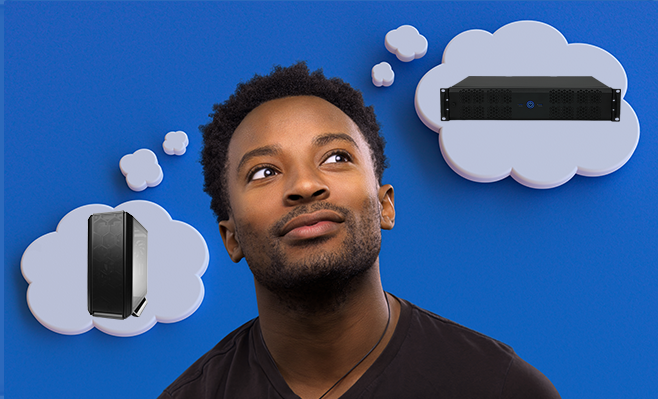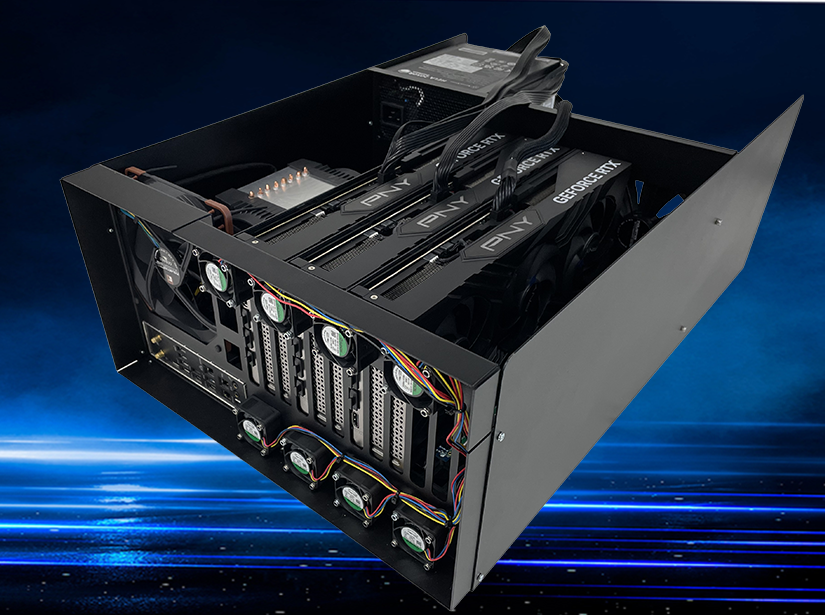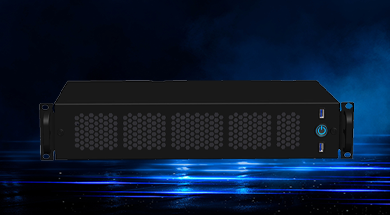I often speak to people who are confused by the many and varied types of graphical output available on modern motherboards and graphics cards. Below is an explanation of the common variants.
VGA (Video Graphics Array) also known as a DE-15 or D-sub is the most common analogue only output that can be found on modern PCS. Modern High Definition Computers and Monitors allow for up to 1920×1080 resolutions to be displayed over VGA. As the VGA is analogue only an active adapter is required if you need to convert the output to a DVI, HDMI or DisplayPort.
DVI (Digital Visual Interface) is a Digital Video standard that is the most common connector for today’s PCs. The DVI is probably the most versatile connector that is currently available because it can interface with VGA and HDMI without the need for an active adapter. However, there are two different DVI connections explained below.
DVI-I carries both Analogue and Digital Signals. This is signified by the 2 pins top and bottom of the flat pin that carry the analogue (VGA) signal. With a simple passive adapter DVI-I can drive a VGA monitor. The digital signals are the same for DVI and HDMI so a passive adapter or cable can be used to connect the two interfaces. The maximum supported resolution is 1920×1080.
DVI-D carries digital only signals, signified by the missing pins top and bottom of the flat pin. Again, a passive adapter or cable can be used to connect to an HDMI interface but an active converter is required to connect to VGA. The maximum supported resolution is 1920×1080.
Dual Link (DL) DVI allows for resolutions to exceed Hi-definition and support 2560×1600. When attempting to utilise DL-DVI in your setup you need to ensure the DVI port on the motherboard and the DVI cable is DL compatible. Note, the motherboard or graphics card port will have all of the DL holes (even if it’s not actually compatible) so you need to check the manufacturer’s specification.

HDMI is also only carries a Digital signal and is most commonly found in modern Home entertainment systems. The connector is capable of transmitting both Digital Video and Audio. The maximum supported resolution using HDMI is 3840×2160 but this will depend on the Graphics processor being able to support this resolution. HDMI and DVI are electrically the same and therefore a passive block or cable converter can be used to convert the signal. It will require an active adapter to convert the signal to VGA or Display port.

Display port is the newest Digital interface. It is capable of the new 4K ultra HD resolution standard and can support up to four 1920×1080 monitors over a single cable as well as stereoscopic (3D) at the 2560×1600 resolution. This connector is not directly compatible with VGA, DVI or HDMI so will require an active adapter to convert between them.
















